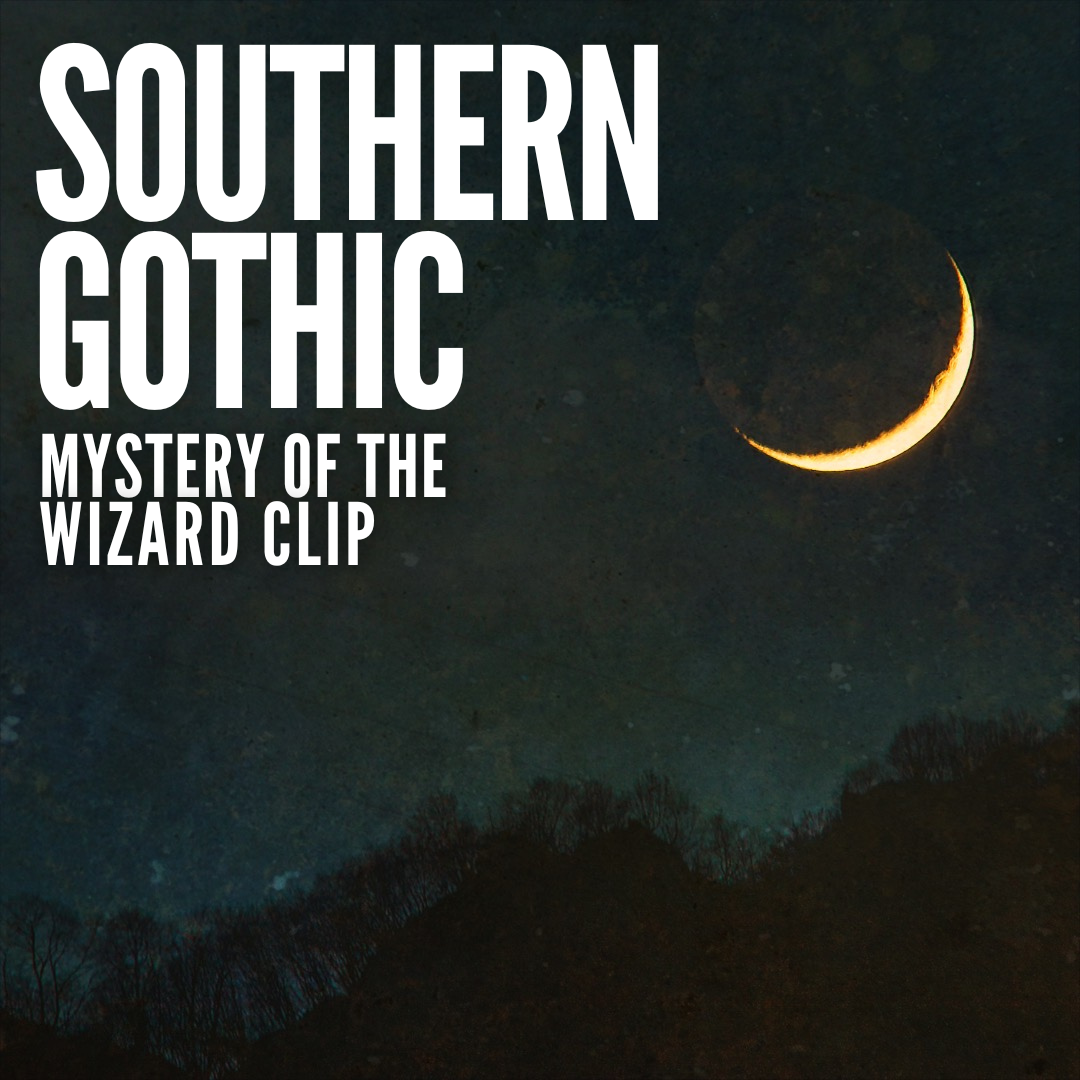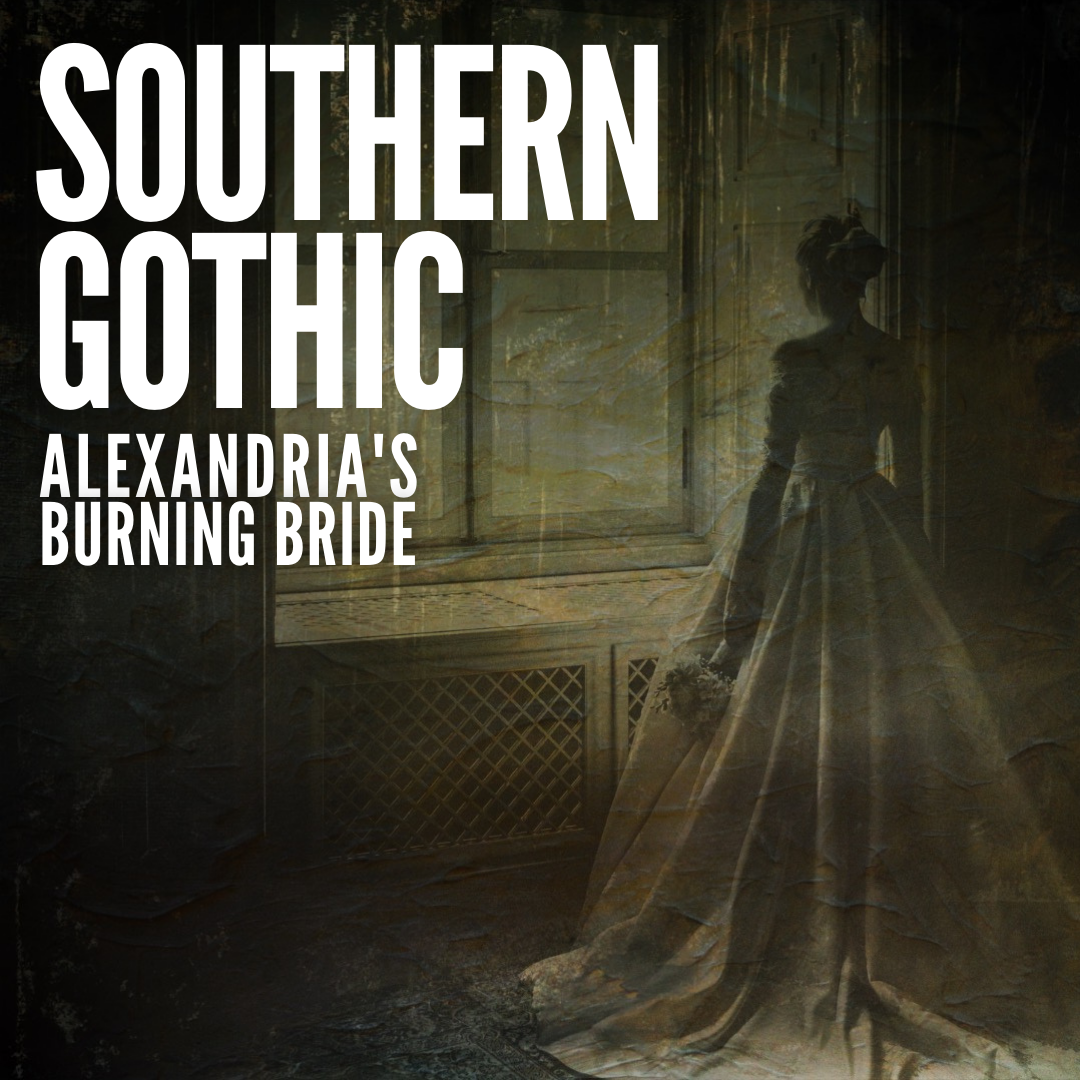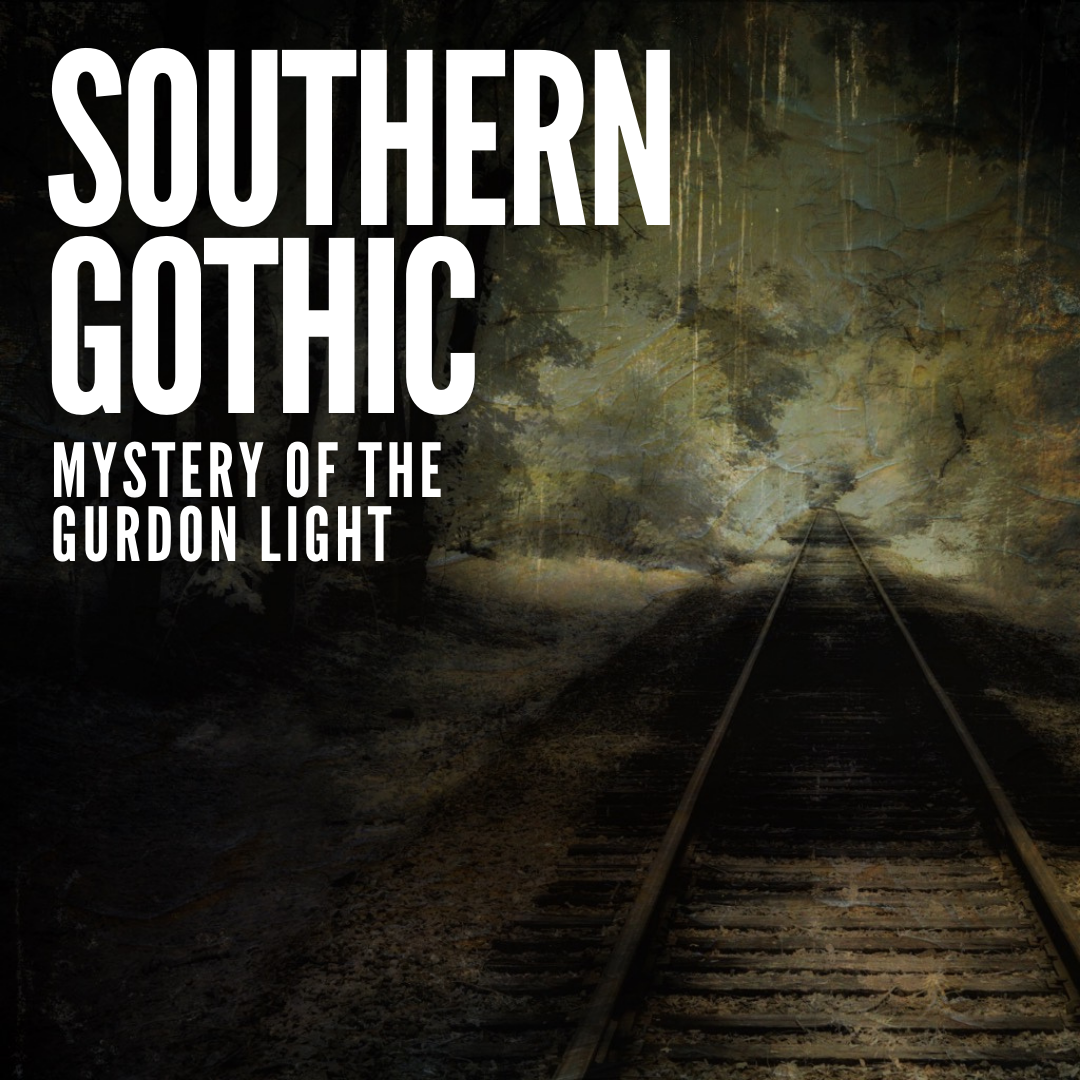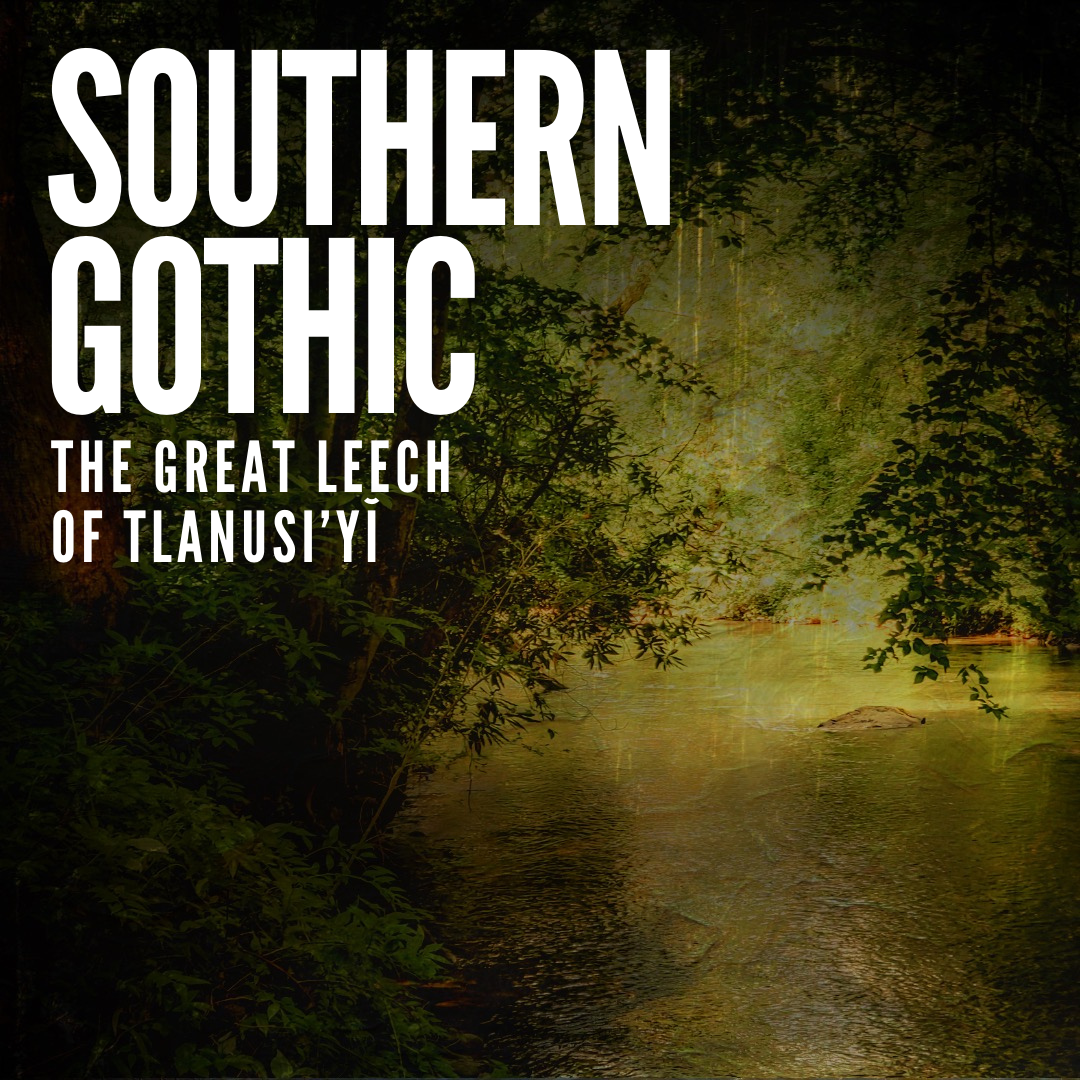Sources:
Ambrose, Kala. Ghosthunting North Carolina. Cincinnati, OH: Clerisy Press, 2011.
“The Bloody Story Behind the Haunted Blackbeard Hammock House.” Anomalien. August 8, 2020. https://anomalien.com.
Crosswell, Jack. “Beaufort House is Older Than Nation.” The News and Observer (Raleigh, NC), March 6, 1949. Newspapers.com
Diehl, Daniel and Mark Donnelly. Haunted Houses: Guide to Spooky, Creepy, and Strange Places Across the USA. Mechanicsburg, PA: Stackpole Books, 2010.
“The Duel at Hammock House.” North Carolina Ghosts. Accessed June 1, 2022. https://northcarolinaghosts.com/coast/hammock-house-duel/.
Gray, Deran. Haunted Plantations of the South. Self-published, 2019.
“The Hauntings of the Hammock House.” True Hauntings of America (blog.) December 2007. http://hauntsofamerica.blogspot.com/2007/12/haunting-of-hammock-house.html.
Hudson, Jane. “Blackbeard among historic home’s former guests.” Rocky Mount Telegram (Rocky Mount, NC), June 27, 2004. Newspapers.com.
Johnson, Scott A. “Hammock House.” Dread Central (blog). October 13, 2017. https://www.dreadcentral.com/cold-spots/5018/hammock-house/.
Rogers, Dennis. “Dark legends of Beaufort house yield to restoration.” The News and Observer (Raleigh, NC), May 7, 1981. Newspapers.com.
Warshaw, Mary. “The Hammock House.” Beaufort North Carolina History (blog). July 2015. http://beaufortartist.blogspot.com/2015/07/hammock-house-was-built-in-1800.html.
______. North Carolina: A Unique Coastal Village Preserved. Atlantic Beach, NC: Eastern Offset Printing, 2015.
______. “White House and Hammock House.” Beaufort North Carolina History (blog). November 2006. http://beaufortartist.blogspot.com/2006/11/house-that-guided-early-mariners.html.
“Weenie Roast.” The Beaufort News (Beaufort, NC), August 3, 1922. Newspapers.com.
Welch, Jane A. “Townsfolk overcome by fear (and fun.)” The News and Observer (Raleigh, NC), June 29, 1979. Newspapers.com.
Whedbee, Charles Harry. The Flaming Ship of Ocracoke & Other Tales of the Outer Banks. Winston-Salem, NC: John F. Blair, 1971.
Young, Norwood. “Visit Beaufort On Your Vacation This Summer.” The News and Observer (Raleigh, NC), June 1, 1952. Newspapers.com.
Zepke, Terrance. Ghosts and Legends of the Carolina Coasts. Sarasota, FL: Pineapple Press, 2005.





































































































